I was sitting at home, and the sound of the decoration came from upstairs. I could feel the weight of the sawdust falling through the ceiling. The computer is playing Bella Tarr's Damnation, and the man at the bar gets up to leave. The afternoon became very thick, with one second chasing the next and then intertwining. The men hide their faces in the shadow of the brim of their hats. In the background, only the music is still moving. There was thunder outside, and the rain was coming, and my eyes rested on the side of a sad man's face. A drop of rain cracked the French window. Two seconds later, a female voice.
“Készazegész”(over and done)

This is Bela Tarr. This is Bela Tarr's movie. One might say it is poetry; one might say it is a philosophical work; one might say it is a tremendous hypnotic; some believe it is spiritual introspection. Maybe Bela Tarr's films have all these characteristics, or maybe they do not. However, that does not deny their existence, so deeply embedded in our world that they attack any numb and blind soul to life. If there is a specific category for Bela Tarr and his film, I would call them cinematic humanists, and sincerity is their motto.
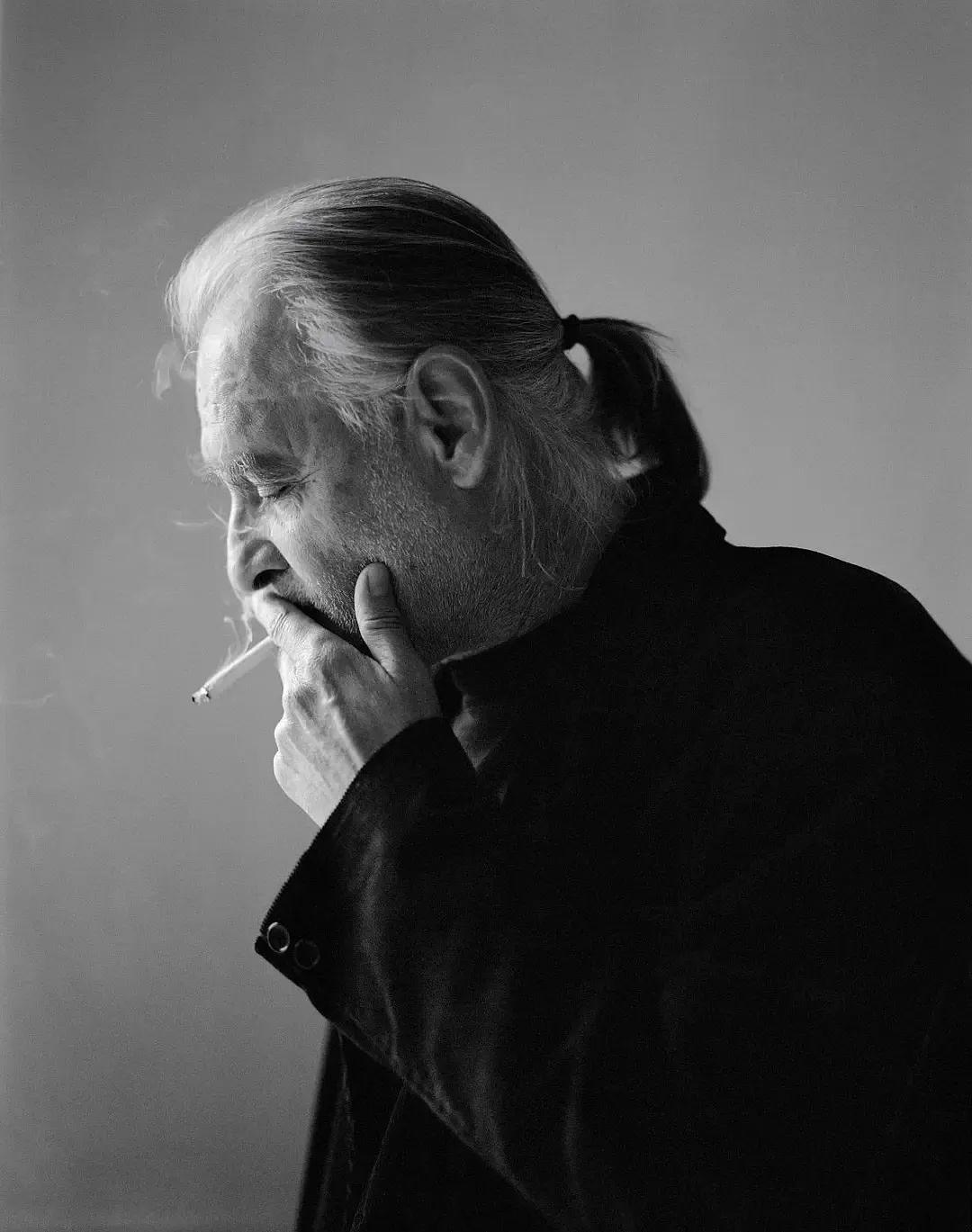
Although the master still has a lot of creative energy and talent, we will likely never see his new work again. Bela Tarr's film The Turin Horse, released in Germany in 2011, became his closing work. His explanation for his behavior was: I already speak all that I need, this is undoubtedly a significant spirit loss for fans, this decision also directly cause some of the dissatisfaction of his fans, of course, we can think of Bela Tarr's retirement in a way is a waste of his talent, but this just once again confirmed Bela Tarr's loyalty to his principle.
When we trace this back to the original, we find that it all comes from Bela Tarr's very essential intention for film, from the coincidence that set him on his path as a filmmaker, from his original intention: understand life itself through the manifestation of the real world.

For understanding Bela Tarr's films, we have to understand his insight about films first. Bela Tarr is a strong supporter of Bazin's theory, and in his films, the long-shot takes up a large proportion. This particular approach to filmmaking points to Bela Tarr's humble attitude toward the object itself. He does not see himself as "the original giant". He sees himself as a "filmmaker who wants to make his film." That is to say, in Bela Tal's creation, the authenticity of the object itself is his creation standard.
He does not distort the simplicity of the material for his particular expressive desire. When his camera focuses on his characters' lives, the cinematic images become an excellent example of the humanitarianism of movies. He does not deliberately emphasize a right or wrong moral idea but faithfully depicts the people and the world as they are, even if they are no beautiful.
This humility and respect for the object is the core of Bela Tarr's film. In his films, we can hardly see any specific emotional output or vast doctrinal propaganda, and this mixed ambiguity is precisely the original appearance of reality. Another example is Bella Taal's attitude towards color in films. His works are mostly black and white; he considered the color black and white are the most purified color, and other colors are fake and insincere.

Some people question Bela Tarr's application of color, questioning that he only pursues a specific artistic effect and gives up the natural appearance we are familiar with, which disrespects the object he was filming. This questioning is due to a misreading of Bela tarr's ideas. If one knows enough about the film's authenticity nature, he/she should realize that every cinematic image is real. Black and white images are reality without color.
When we are aware of its inherent realism, color regenerates in our minds. In the cinematic image, the change of tone pointed to by black and white is exactly the original appearance of the world of light and shadow, which is the calmest and objective world. Bela Tarr captures the essence of this reality with great precision. Therefore, in today's increasingly commercialized film market, we can also appreciate such a film culture directly related to the film's authenticity. This is due to Bela Tarr's humility and respect for his filming object
Another revelation of Bella Taal's cinematic philosophy is his choice of lens. He is best known for his long takes and the use of film sound effects. Bela Tarr regards film as the carrier and container of time in a form, and film as the possible solution of truth and human nature in terms of object.
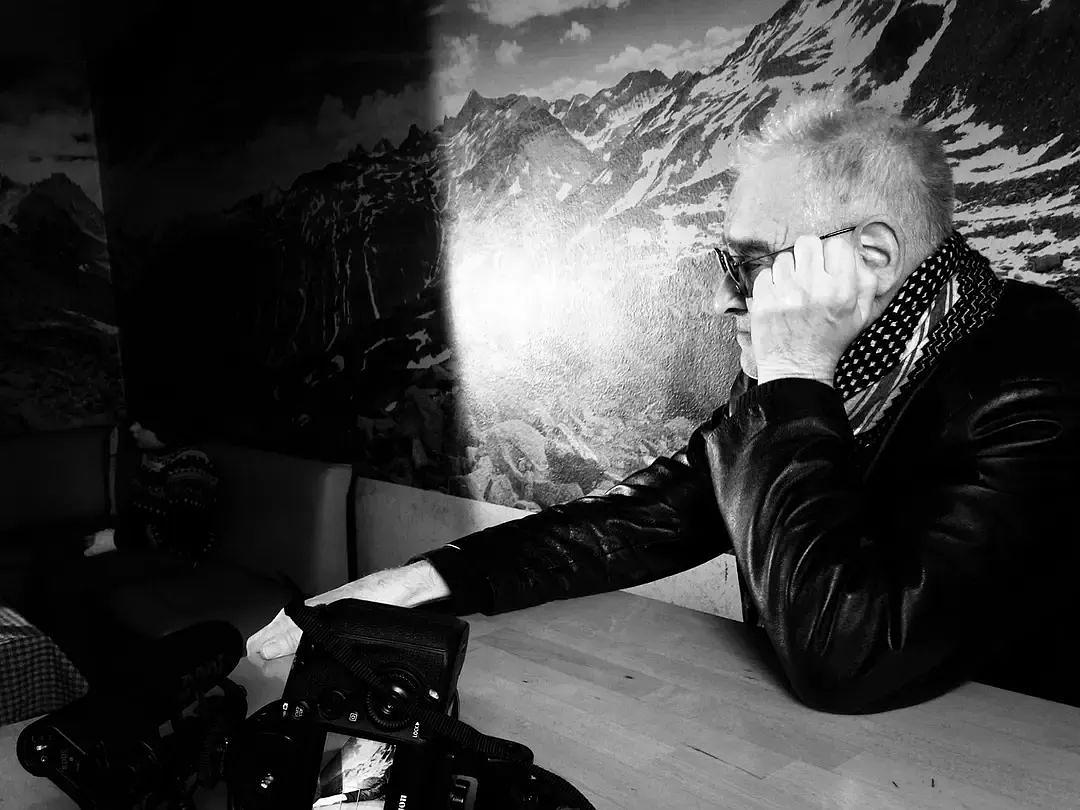
We can guess that when Bela Tal is shooting, he is in the same state as the audience. They all tried to find the truth that he craved in the movie. This is precisely the vision Shared by almost all realistic directors. They don't look for self-expression; they look for cinematic reproductions. They are eager to reproduce reality on the screen; they are confused and hope to find the film's answer. One might argue that if a film represents reality, then the truth offered by the film is not necessarily much "truther" than reality, so why take the time to make a film? Bela Tarr offers the answer with his cinematic philosophy: time.
Why do people take the trouble to watch realistic movies if they only need to go out into the world to see this world's harshness?
Because of the time, in Bela Tarr's films, time is mostly frozen and sticky. The length of his long-shot is reflected in the slowness of his time. In The Turin Horse, the little girl and her father repeat similar routines and behaviors day after day. The repetition of events points to the solidification of time. In almost all of Bela Tarr's films, we could perceive the solidification and rigidity of the characters' expressions. As our memories are consumed by time, and as the flood of time fades away and is forgotten, Bela Tarr's films solidify into a slow, drawling melody. At last, solidified into a stone, standing in the rush of time.

Perhaps the best example is the take of a walking scene that often appears in Bela Tarr's films. The long march stifled the restlessness of our minds, and a profound silence swept over us. Time seems to disappear because we don't know what will appear in the next second. We know that people are walking, they are still walking, and they will walk. A sense of peace and ease takes over our mind. Some people think this is a form of poetry, maybe this feeling comes from the graceful music itself, but I think this feeling comes from a form of sublime's arrival. When humans finally found a way to resist time at some point, we were ecstatic. Although this effect is necessarily transient, it does not prevent the establishment of a cinematic myth.
Bela Tarr is the narrator of this cinematic myth. Perhaps his quest for truth and humanity is hidden in this stone of time, or perhaps the film The Turin Horse contains the last piece of what he seeks, and he decides to retire after all.
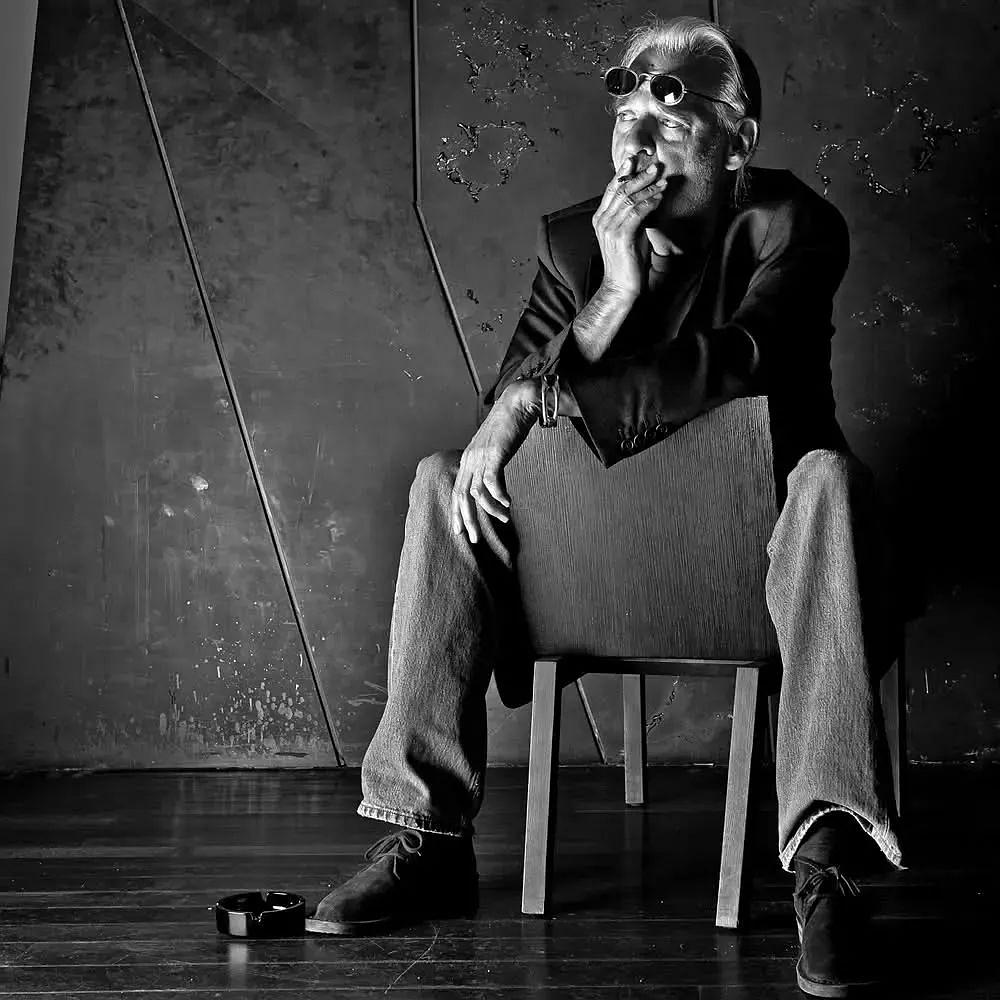
Bela Tarr's sincere vision of cinema brings the eternal power of his cinematic form. Moreover, his experiences eventually become the object of his films, embodied in his film's theme. Bela Tarr's creative career is divided into two stages: the angry youth stage and the mature director stage. In his youth, Bela Tarr was banned from making films for political reasons. Censors have blocked some of his films in Hungary.
The Hungarian Communist authorities also blacklisted him. The significant discrepancy between the Hungarian political establishment's promises and realities also influenced Bela Tal's early creative thinking. This kind of social situation has always been lurking in Bella Taal's films. As Bela Tarr's state of mind and thoughts gradually matured, he got rid of the intuitive influence brought by this social situation. His cinematic images have also shifted from reproductions of a single social phenomenon to descriptions of the human condition as a whole.
However, lurking at the heart of Bella Taar's creation may have been the original contradiction, the political authorities' over-commitment, and under-realism. This set of contradictions eventually morphed into the human contradictions that Bela Tal thought about: the sublime and the reality. In Bela Tarr's films, sublime power is everywhere. In Damnation, the sublime is the old man who symbolizes the prophet, who watches Clare's gradual destruction. In Werckmeister Harmonies Sublime is a dead whale and a prince whose arrival changes everyone in town. In satantango, the sublime is Ilimias, an interloper whose characters in the town see as the savior, and the bell tolls from nowhere as a warning of the coming of Satan. In The Turin Horse, the sublime is the opposite of God, the end of the world.。
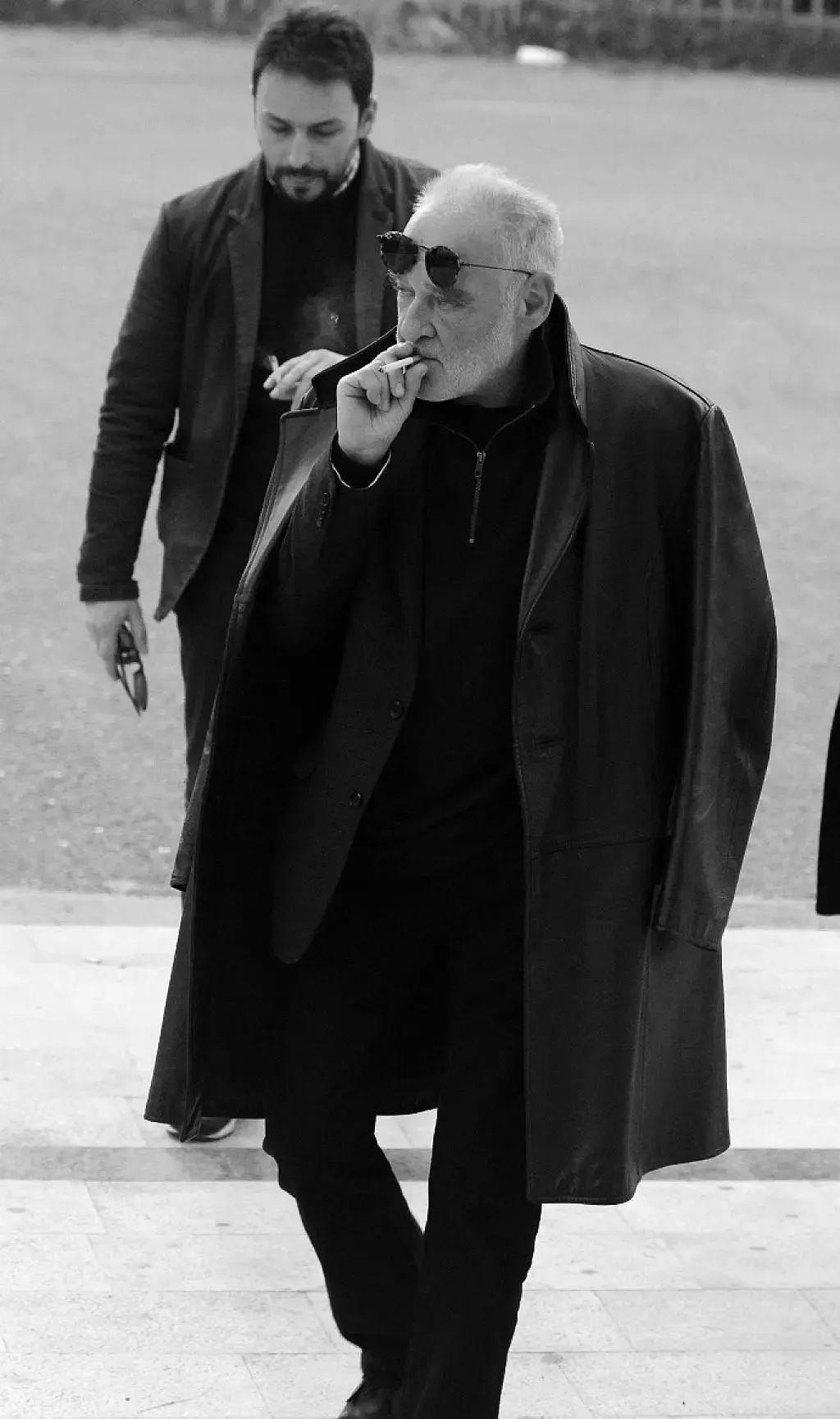
For Bela Tarr, these sublime forces were necessary. It is almost written in the gene of his inspiration. However, he believed in Nietzsche and rejected religion. He also claimed that God was dead and that human should be their own God. His films do not contradict his ideas. In the Curse, the symbolic noumenon with the power of prophecy is still human. She also has plenty of sympathies, such as pity for the revelers. In Satantango, Ilimias is nothing more but a shrewd crook. Even though he is a metonymy for Satan, what he did is just seeing through the townspeople's fool nature. His selfish human nature lay bare.
The tendency to drag the sublime back to reality is even more pronounced in Werckmeister Harmonies and The Turin Horse. Instead of focusing on the prince and the whale, the film focuses on the kind of Janos. The film also has two remarkable what. During the first long take of celestial motion, the camera pulls back and rises as Janos speaks in silence. Suddenly a resource of light appeared in the picture as if a sublime force were enveloping the tavern. Only later did the audience realize that it was just another light hanging in the tavern, nothing special. The second one is the famous scene that mob attack the hospital, the man who finally stops the mob appears to be a naked, wizened old man. It was the older man's sublime message of transcendence that scared the mobs away. We know very well under the protection of the sublime; he is still a human being just like the others in the hospital.
Moreover, in The Turin Horse, we do not see any doomsday coming, even though the doomsday prophecy must come from some sublime force. All we could perceive is a dry well, a horse that refuses to walk, a dying wind, and the last sound of silence.
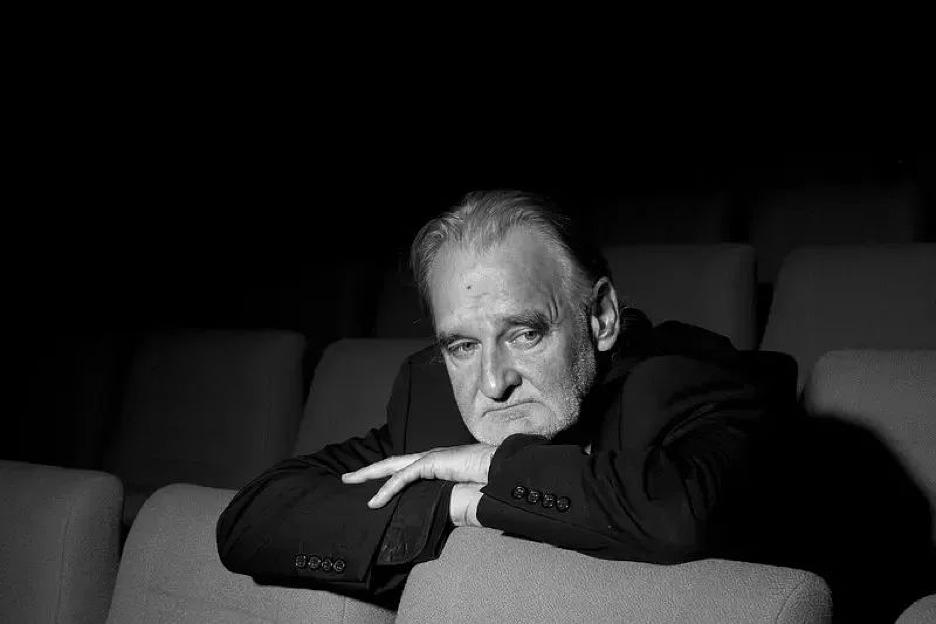
Bela Tarr drags the sublime back to reality, telling us repeatedly that the film's focus should be on the human being itself. So when someone suggests that there is an absolute pessimism in Bela Tarr's work, Bella Tarr counters that. As bad as it may be, Bela Tarr's movies will always have a magic touch. So that the audience, after watching, would gain a kind of courage that helps them keep willing to believe in human beings. Perhaps like Satantango, the lofty death knell ultimately points to an infinite cycle of human failure, repeated in numbness.
The sublime entrance and the curtain call, human numbness, or wakefulness. In any case, this is a human's problem, and we are not entirely wiped out. When Bela Tarr's film exists in our lives as a phenomenon, as a vehicle for the time, it continually reminds us. We will also keep staring at Bela Tarr's world. With him, in the solidity of the long take and the length of the music, find a truth, a fact, and a self-testimony.

